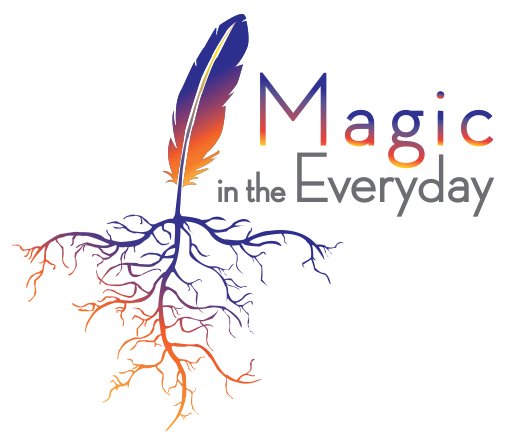I love this quote by Leonard Koren from his book “Undesigning the Bath”:
“Discovery means that, in one way or another, the bath is ‘found’ or ‘revealed’ to the bath-maker. This is the opposite of busy-busy, hyper-goal oriented approach to creation…Hunting for mushrooms while simultaneously enjoying the sights, sounds, smells offers a good analogy. Though you never know what you’re going to end up with, you have a pretty clear notion of what you don’t want…While moving about, you are intent, but not obsessively so. All of your sensory and intellectual apparatus are alert and receptive, but you’re not in a hurry.” (76)
and this one:
“Poetry is a short-hand way of choosing intuitive insight over rational methodolgy…It is simplicity, not as the reduction of meaning, but as its consolodation…what you don’t say is as important as what you do: the mysterious and the unfinished can evoke, expand, and reveal much more than the unambiguously clear.” (85)
Hearing from so many sources, creation comes from
– stillness of mind
– through making
– through absorption
…not through intellect
More easily said than done, but something I have observed and am working toward
Natalie D’Arbeloff in her book “Designing with Natural Forms”
“I am suggesting that the ‘what’ and ‘how’ to do come out of the process of seeing itself, provided it is a kind of seeing which is a persistent focusing of the whole attention on only the subject for an extended period of time…opening out and relaxing of the attention…allowing it to play freely with any idea which hovers in the vicinity of the subject…receptive and inquistive frame of mind…ignore the boundaries which put limits on perception” (11)
“We do not aim to master the subject, but simply to abandon ourselves to it” (48)
“Sometimes, the profusion of unexpected links can be overwhelming and frustrating. You feel that you will never be able to cope with it all. My solution is to take from my evergrowing stock pile of reference material only those items which I can use directly: that is, those which provoke questions or ideas which I can pursue with my own methods, in my own language” (86)
From Uri Shulevitz’s book “Writing with Pictures:
“When working on your first book, you may ask: Am I happy with the book? Am I happy with the illustrations? A happy book will make a happy author. Therefore ask: Is the book happy [peaceful] are the illustrations happy? Is the story told with clarity? Is the book’s form an organic outgrowth of its content? Are the size, shape, and scale of the book most suited to is content and mood? Are the pictures accurate and readable and do they capture the content and the mood? How do they relate to each other? ” (11)
“Originality does not consist in saying what no one has ever said before, but in saying exactly what you think yourself.” – James Fritz-James

Natalie d'Arbeloff
3 Dec 2008Jeanne, thank you very much for quoting from my book, Designing with Natural Forms. It’s been out of print for a long time so it’s really gratifying to hear from people who find it in their local library or school or have managed to track it via secondhand book dealers. Oddly enough, the passages you’ve quoted are particularly relevant to the things I’m doing now so thanks again for the reminder and best wishes for your interesting blog.